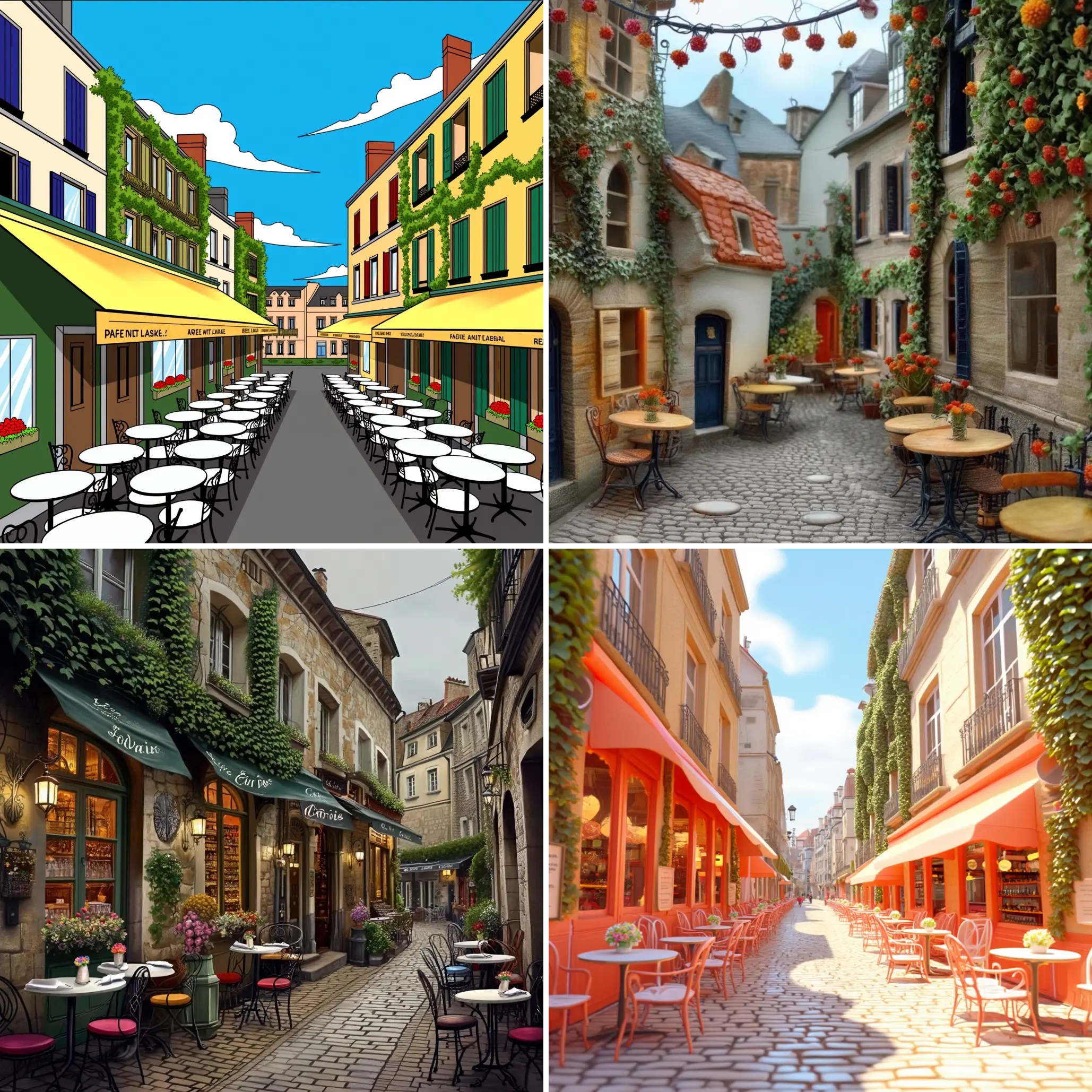ComfyUI Node: Save SVG
SaveSVG
CategoryAI API
al-swaiti (Account age: 1214days) Extension
GeminiOllama ComfyUI Extension Latest Updated
2025-04-02 Github Stars
0.05K
How to Install GeminiOllama ComfyUI Extension
Install this extension via the ComfyUI Manager by searching for GeminiOllama ComfyUI Extension- 1. Click the Manager button in the main menu
- 2. Select Custom Nodes Manager button
- 3. Enter GeminiOllama ComfyUI Extension in the search bar
Visit ComfyUI Online for ready-to-use ComfyUI environment
- Free trial available
- 16GB VRAM to 80GB VRAM GPU machines
- 400+ preloaded models/nodes
- Freedom to upload custom models/nodes
- 200+ ready-to-run workflows
- 100% private workspace with up to 200GB storage
- Dedicated Support
Save SVG Description
Facilitates saving SVG data with customizable filenames and paths, timestamp options, and output directory specification for AI artists.
Save SVG:
The SaveSVG node is designed to facilitate the process of saving SVG (Scalable Vector Graphics) data to files, making it an essential tool for AI artists who work with vector graphics. This node allows you to convert raster images into SVG format and save them with customizable filenames and paths. By providing options to append timestamps and specify output directories, it ensures that your SVG files are organized and easily accessible. The node's primary function is to take SVG data, generated from images, and store it in a structured manner, which is particularly beneficial for maintaining a clean workflow and ensuring that your vector graphics are preserved in a scalable format. This capability is crucial for artists who need to manage large volumes of SVG files efficiently.
Save SVG Input Parameters:
svg_strings
This parameter is a list of SVG data strings that you want to save as files. It is a required input, meaning you must provide the SVG data for the node to function. The SVG strings represent the vector graphics that will be written to files.
filename_prefix
This string parameter allows you to specify a prefix for the filenames of the saved SVG files. By default, it is set to "ComfyUI_SVG". This prefix helps in organizing and identifying the files, especially when dealing with multiple SVG outputs.
append_timestamp
A boolean parameter that determines whether a timestamp should be appended to the filenames. By default, it is set to True. Appending a timestamp ensures that each file has a unique name, preventing overwriting and helping in tracking the creation time of each file.
custom_output_path
This optional string parameter lets you define a custom directory path where the SVG files will be saved. If left empty, the node will use a default output directory. This flexibility allows you to organize your files according to your project needs.
Save SVG Output Parameters:
IMAGE
The output of the SaveSVG node is a list of dictionaries containing information about the saved SVG files. Each dictionary includes the filename and the path where the SVG file is stored. This output is crucial for verifying that the files have been saved correctly and for accessing them later for further use or sharing.
Save SVG Usage Tips:
- To ensure your SVG files are well-organized, use the
filename_prefixparameter to categorize files by project or type. - Enable the
append_timestampoption to avoid overwriting files and to keep track of when each SVG was created, which is especially useful in iterative design processes.
Save SVG Common Errors and Solutions:
"Permission denied" when saving files
- Explanation: This error occurs when the node does not have the necessary permissions to write files to the specified directory.
- Solution: Check the permissions of the output directory and ensure that the application has write access. You may need to change the directory permissions or choose a different output path.
"File path not found" error
- Explanation: This error indicates that the specified custom output path does not exist.
- Solution: Verify that the directory path is correct and that it exists. If it does not exist, create the directory or choose an existing one.
"Invalid SVG data" error
- Explanation: This error suggests that the provided SVG strings are not in a valid format.
- Solution: Ensure that the SVG data is correctly formatted and generated. Check the source of the SVG strings for any errors or inconsistencies.
Save SVG Related Nodes
RunComfy is the premier ComfyUI platform, offering ComfyUI online environment and services, along with ComfyUI workflows featuring stunning visuals. RunComfy also provides AI Playground, enabling artists to harness the latest AI tools to create incredible art.




